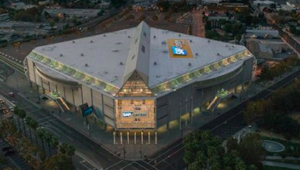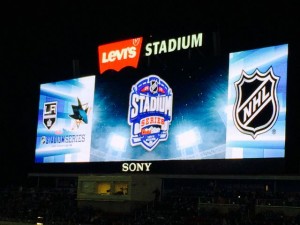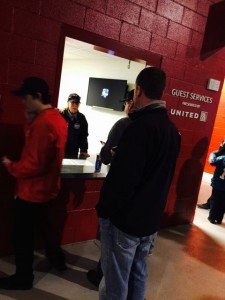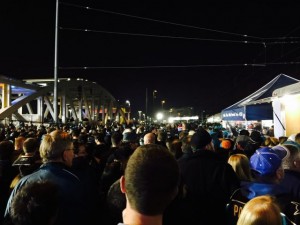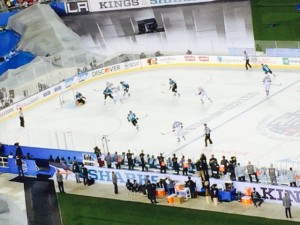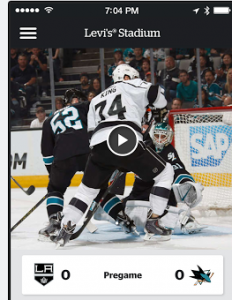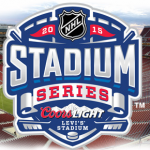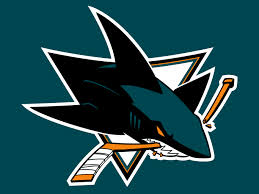San Jose Sharks chief operating officer John Tortora said that the new Wi-Fi network — believed to be the first full public Wi-Fi deployment in the building — joins a new team app developed by VenueNext as part of a big revamp for the technology-related fan experience at the so-called “Shark Tank.”
According to the Sharks, the Wi-Fi network will have 500 access points, with 50 of those mounted in handrail enclosures in the lower seating bowl; another 17 APs will be located under seats in the retractable seating sections of the arena. Wi-Fi design and deployment firm AmpThink helped install the new network, which is slated to go live by Dec. 1, the Sharks said.
“To complement our new Sharks app and the use of it at SAP Center, we are in the process of deploying Cisco Connected Stadium Wi-Fi, a best-in-class Wi-Fi platform used in sports venues around the world,” Tortora said in an email communication. “We want our patrons to be able to easily and reliably connect while at SAP Center to allow for the best fan experience when attending Sharks games and other events.”
Sharks fans at Wednesday night’s home opener may have noticed some of the other technical enhancements to the arena, which include 13 new LED panels and 625 new digital displays. The Cisco StadiumVision system allows for remote control and synchronization of digital display content, including the ability to split screens to show things like live video alongside static advertising.
Until the Wi-Fi network goes live, SAP Center attendees should still be able to connect via an in-stadium distributed antenna system (DAS) run by AT&T, which also carries Verizon Wireless signals.
